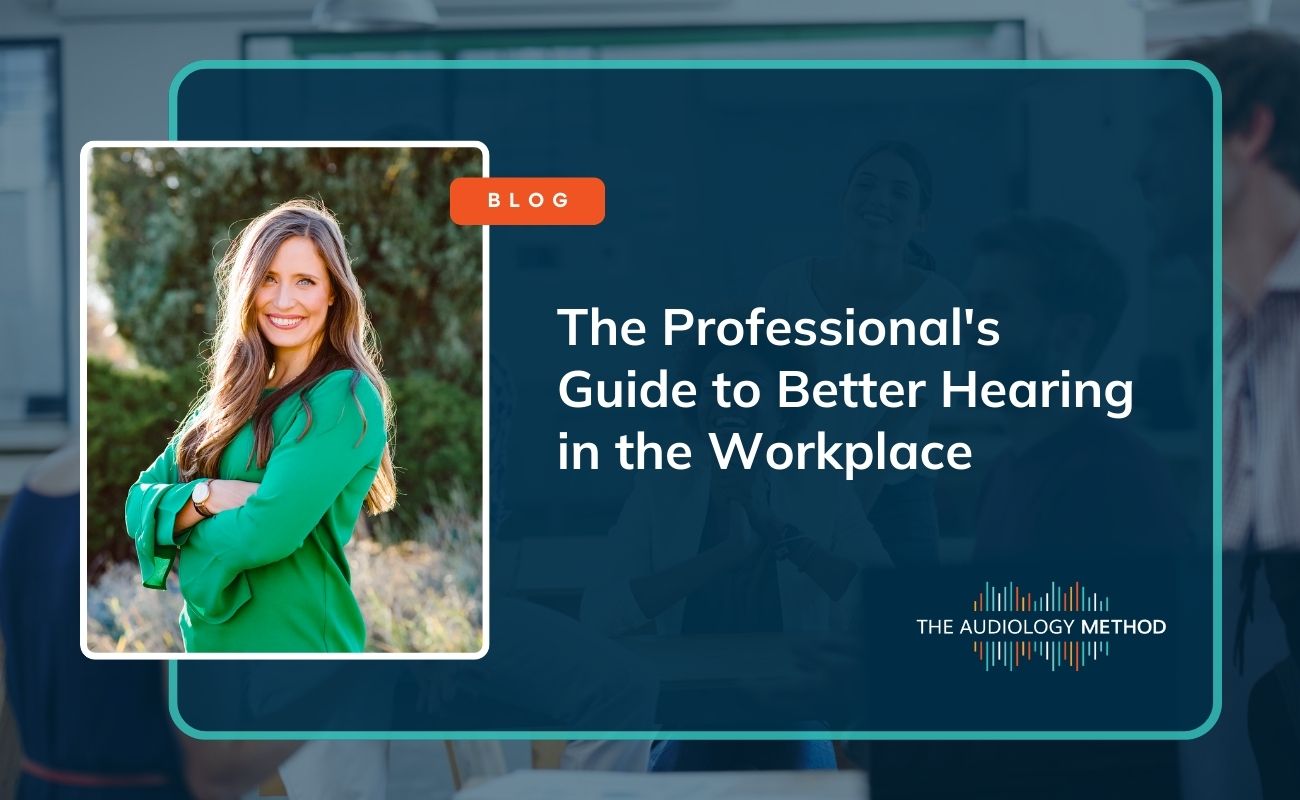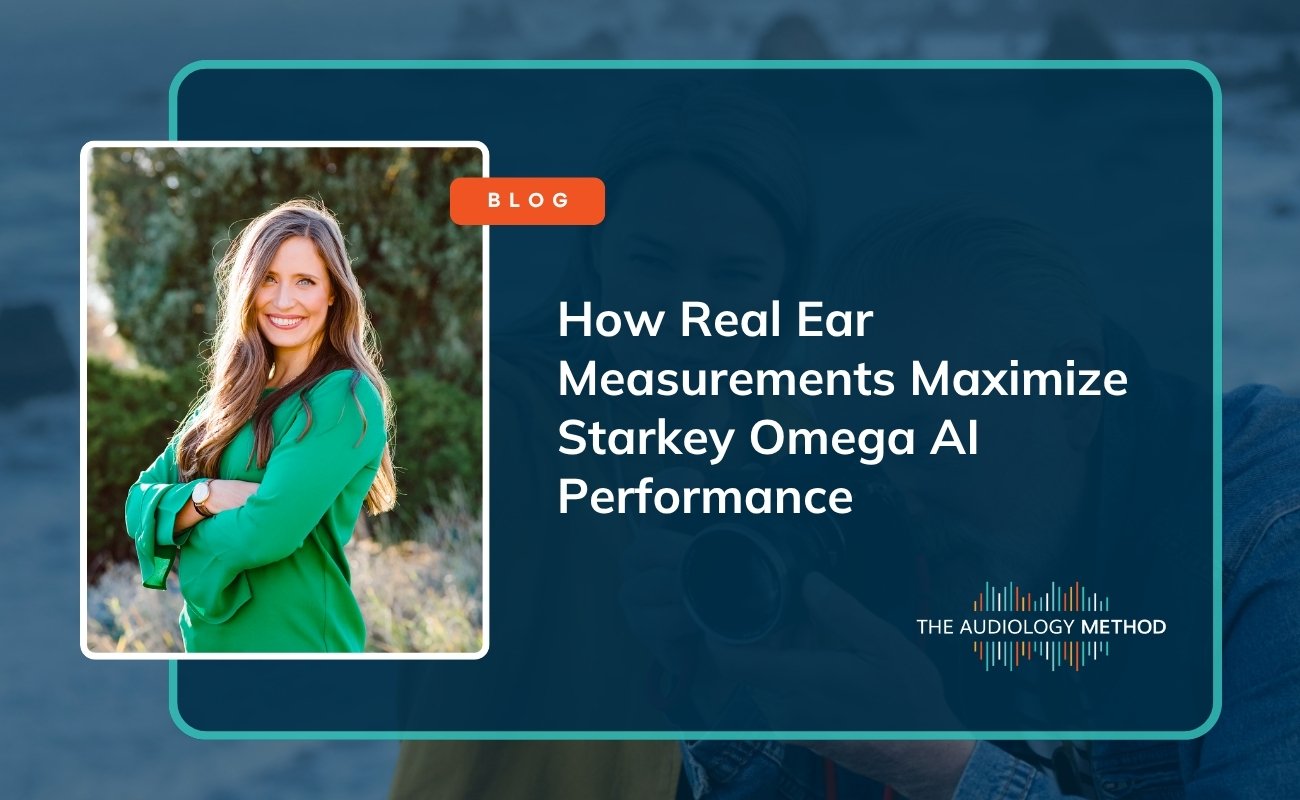

You don't have to choose between staying active and hearing well. Modern hearing aids are surprisingly resilient, and with some practical know-how, you can crush your fitness goals while keeping your devices performing at their best.
Most current hearing aids sport IP68 ratings, which means they laugh at sweat and shrug off brief water encounters. Gone are the days of treating your hearing aids like delicate flowers. These little powerhouses are engineered for real-world demands.
We've watched patients tackle everything from mud runs to mountain climbing with their hearing aids working flawlessly. The game-changer is advanced protective coatings that create an invisible barrier against moisture without muffling sound quality.
The construction materials have evolved dramatically. Instead of brittle plastics, manufacturers now use military-grade composites that bounce back from the kind of impacts that would have destroyed earlier generations.
Receiver-in-canal (RIC) styles typically reign supreme for active folks. The main component rests comfortably behind your ear, tethered by a nearly invisible wire to a tiny speaker nestled in your ear canal. This configuration stays locked in place whether you're doing burpees or box jumps.
Marathon runners rave about forgetting they're even wearing their RICs during long races. The behind-the-ear section remains rock-solid, while the in-ear receiver maintains consistent performance throughout your session.
Custom-molded options offer another solid choice, crafted specifically to match your unique ear anatomy. Picture a perfectly fitted athletic mouthguard – once it's in, it's not budging. Just remember they'll need more frequent cleaning since they sit where moisture naturally accumulates.
A quick systems check prevents mid-exercise disasters. Verify your devices are spotless, moisture-free, and running at full power. There's nothing quite like having your workout playlist die halfway through your personal best attempt.
Consider your exercise environment carefully. Climate-controlled facilities are pretty forgiving, but outdoor adventures introduce wild cards like gusting winds, temperature swings, and surprise weather changes. Wind management technology becomes invaluable when you're cycling coastal routes or jogging through open spaces.
Many devices include dedicated activity modes that automatically fine-tune performance for physical exertion. Think of it as having a sound technician optimizing your audio experience in real-time.
Perspiration is inevitable – smart handling makes all the difference. Your hearing aids can absolutely cope with sweat, but a little prevention extends their lifespan significantly. A basic headband or sweatband intercepts moisture before it reaches your devices.
High-impact activities or contact sports benefit from security accessories like retention cords that clip to your clothing. They act as a backup system, catching your hearing aids if they somehow work free during intense movement.
Monitor comfort levels throughout your session. If something feels off or starts sliding around, pause to make adjustments. Poorly positioned devices are more likely to fall out and can cause significant discomfort during extended activity.
Your post-exercise routine matters just as much as the workout itself. Remove your hearing aids immediately after finishing and gently wipe them down with a clean, dry cloth. Pay special attention to microphone ports and any crevices where moisture might lurk.
Allow complete air-drying before storage. Overnight dehumidifying systems extract any stubborn moisture that penetrated during your session. These compact units use either desiccant materials or controlled heat to eliminate dampness without harming sensitive electronics.
Inspect for accumulated debris or earwax that hitched a ride during your activities. Stick to manufacturer-approved cleaning methods and tools – improvised solutions can cause expensive damage.
Water-resistant ratings don't extend to swimming or water sports. Pool workouts, surfing, or aquatic fitness classes mean your hearing aids stay safely on shore. Secure them in protective cases well away from potential splash damage.
Dedicated waterproof hearing devices exist for serious water athletes, but these function as separate equipment from your daily-wear pair. Discuss these specialized options with your audiologist if aquatic activities dominate your fitness routine.
Contemporary hearing aids demonstrate remarkable intelligence in adapting to movement patterns. Built-in motion detection automatically adjusts processing algorithms when you transition from rest to activity. No manual intervention required during your routine.
Fitness facilities present complex acoustic challenges – pounding music mixed with clanging equipment and multiple conversations. Sophisticated noise processing isolates relevant sounds while suppressing distracting background interference. You'll catch your instructor's cues without losing focus due to audio overload.
We utilize real ear measurements to ensure optimal calibration across your entire activity spectrum. This professional verification process guarantees appropriate amplification whether you're in silent stretching sessions or high-energy group classes.
Feedback whistling during movement typically indicates slight positioning shifts. Physical activity can create small air gaps that allow sound to escape and re-enter the microphone system. Quick repositioning usually resolves the issue immediately.
Power consumption may increase during demanding workouts as your devices work harder to process rapidly changing acoustic conditions. Backup batteries or fully charged rechargeable units prevent unexpected shutdowns during crucial training moments.
Temporary audio quality changes sometimes occur immediately following vigorous exercise. This relates to enhanced circulation and minor ear canal shape variations – completely normal physiological responses that typically normalize during cool-down periods.
Modern hearing technology incorporates features specifically targeting active lifestyles. Wireless smartphone integration enables quick parameter adjustments without interrupting your flow. Activity sensors automatically optimize settings based on detected movement patterns.
Wind interference reduction has reached impressive sophistication levels, transforming outdoor exercise experiences. These algorithms work continuously to minimize wind disturbance while preserving crucial environmental awareness.
Select models incorporate fitness tracking capabilities, synchronizing with smartphone health applications. This reflects growing recognition that auditory wellness connects directly to comprehensive physical fitness and active aging.
Your fitness journey shouldn't hit pause because of hearing challenges. We excel at matching hearing solutions to individual activity levels and exercise preferences. Whether you're just starting a walking routine or training for competitive events, we'll ensure your hearing technology matches your ambition.
Let's explore your specific movement patterns and identify the ideal combination of devices and accessories to support your goals. Contact us at (720) 457-1763 to book your consultation and learn how to stay active while capturing every important sound around you.


